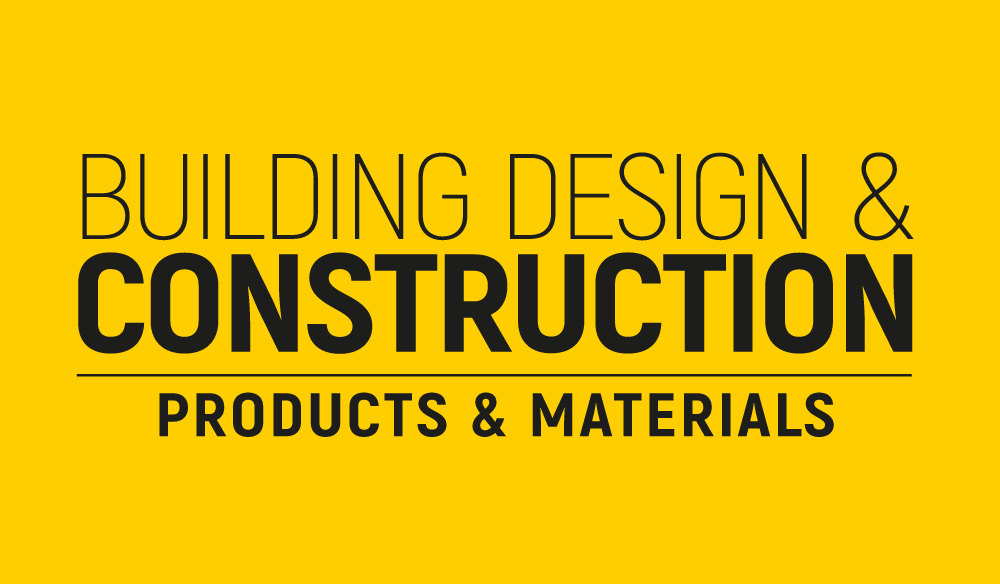There has been a steady rise in the use of plastic materials in several production processes. Industries are continually trying to develop new materials that are cost and energy-efficient. As a result, the mixed materials assembly in product development is becoming increasingly popular.
Companies are looking for ways to join different materials to develop products that feature enhanced durability and sustainable functionality. Plastic and metal are two of the most common materials that have to be joined.
Hot riveting is one of the most effective ways of joining materials. And it is being used extensively by many companies.
What is Hot Riveting?
Before discussing hot riveting, we must know the basics of riveting.
It involves the insertion of rivets into pre-drilled holes. The rivet head stays in place on one end of the hole as its diameter is more than the shaft. Upsetting or hammering is used to increase the width of the rivet tail, so it locks in place on the other end of the hole, creating a permanent joint.
Hot Riveting is a process that joins two materials permanently at specific points using a form-closing technique. Thermoplastic must be one of the materials being joined, as it melts under heat and you can shape it with tools.
Various types of heat application can be implemented in a hot riveting process, such as convection, conduction, friction, and radiation. Of these, convection and conduction are preferable as they will not produce any contaminating dust or swarf.
Companies are resorting to different hot riveting technologies, ranging from manual to fully automatic. We recommend that you check out hot riveting by bdtronic, as they have one of the most environment-friendly and cost-effective processes.
Other common names for hot riveting include hot forming and heat staking.
Uses of Hot Riveting?
Now that you have a decent understanding of what hot riveting is let’s take a look at its most prominent uses. It is mostly used where high strength and low weight are critical. The medical technology and automobile industries use it on a large-scale. It is also used in electronics production.
Hot riveting can also be used in aircraft and window furniture. It is used for joining a wide range of materials, especially in vehicles. It has multiple uses in an automobile – the engine, door/window locking system, headlights, taillights, and control units.
Any screwless joint you see can be achieved through hot riveting, as long as one of the materials to be joined is thermoplastic. Another common application of hot riveting is the permanent mounting of PCBs and other metals on houses.
Final Words
Welding and screwing materials together cannot be used everywhere. Hot riveting provides an effective way of creating permanent joints at low costs. It ensures consistent accuracy and top-notch quality. If you want to join two materials quickly and efficiently without spending a fortune, hot riveting is the perfect option.




